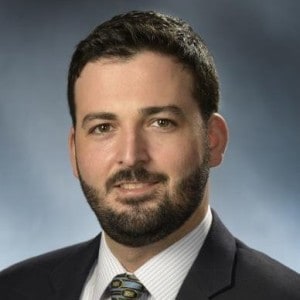 Tell us more about how and why Lockheed Martin Energy is building its position in the Waste to Energy sector.
Tell us more about how and why Lockheed Martin Energy is building its position in the Waste to Energy sector.
As the world population swells to more than seven billion and counting, the need for sustainable waste disposal and clean energy generation is growing with it. Lockheed Martin’s bioenergy power generation systems have the potential to solve both challenges
At its core, the energy challenge is an engineering challenge. And that’s what we do best. We have the industry’s best engineers and technologists focused on energy innovation.
Renewable energy generation concepts like bioenergy will only be successful if manufacturing enables their success. At Lockheed Martin, we’re the leader in advanced manufacturing and materials from the laboratory to production – and are now brining our expertise to help the waste-to-energy sector.
In your opinion, what is the biggest challenge facing Waste to Energy companies in taking their solutions to market?
Particularly for projects that use advanced technologies like gasification, one of the biggest challenges facing developers is managing perceived technology risk. It’s critical that project developers assemble a delivery team and project structure that is capable of mitigating this risk from both a commercial and technical perspective. If done successfully, developers will have access to waste and capital.
How can project developers reduce the risk for investors in financing their projects?
By thoughtfully structuring a project and assembling a team of companies including technology, EPC and O&M that each bring their own value in terms of risk mitigation rather than risk transfer.
Ultimately, projects must strike the appropriate balance of risk-reward that is acceptable to equity and debt providers respectively.
Additionally, it is important for developers to choose the right capital providers, here experience financing waste to energy projects and an understanding of the unique risks around feedstock, power offtake, and technology are critical. Organizations like the UK Green Investment Bank have played a valuable role bridging the gap between the developer and more traditional sources of capital allowing our sector to expand.
What is the single most important thing that a government can do to stimulate the adoption of advanced conversion technologies?
Provide certainty. The development timeline for waste to energy projects can often take years and requires a great deal of pre-construction investment, developers need a reliable regulatory and subsidy regime to underpin investment for the process to work. In the case of the UK its certainty around access to Contract for Difference for power offtake.
Which types of Waste to Energy technologies are currently generating the most interest amongst the community?
We’ve seen a tremendous amount of interest in Concord Blue our advanced gasification technology partner driven by their efficiency, environmental performance and production of high quality syngas.
Also, the ability to cost effectively scale down to the 5-10MW range fits the distributed energy generation model while treating waste locally where it is generated. This has allowed developers to target market opportunities like small to medium size cities previously unserved by larger traditional incineration technologies.
Is there a perfect set of circumstances that foster innovation, if so where does that exist? Where do you see the next wave of new technologies emerging?
Waste exists everywhere however its markets like the UK that have seen the confluence of sustainability, innovation and regulation which have created an environment that drives grown in the energy from waste sector. Over time, the waste management practices seen in the UK will spread around the world.
In terms of technology, Advanced Gasification’s potential for producing a high quality syngas is very exciting to us at Lockheed Martin. The ability to convert a range of feedstocks into a valuable product syngas is where we see future growth in the waste to energy sector. Today we are producing electricity with best in class performance, tomorrow we expect the syngas to be used as a feedstock for a number of applications from hydrogen to biofuel and chemical production.
Adam Penque, Bioenergy Business Development Leader at Lockheed Martin will be speaking at the upcoming World Waste to Energy City Summit in London on May 10-11 2016.
www.worldwastetoenergy.com
www.twitter.com/rethinkevents
www.twitter.com/w2ecitysummit